Table of contents of the article
ToggleRose black spot is a common problem that affects the beauty and health of flowers, requiring effective treatment and prevention strategies. In this article on your website, World of Plants, we will discuss the reasons for the appearance of these spots and ways to deal with them to maintain the health of roses.
Symptoms of black spot disease in roses
English name: BlackSpot
Scientific name: Diplocarpon rosae
Type of disease: Fungal disease
The family: Dermateaceae
Black spot is one of the most common and devastating diseases of roses.
They appear as circular black spots on the upper and lower sides of rose leaves.
As the disease progresses, the spots may merge, causing the leaves to yellow and eventually drop.
Severe leaf stripping can occur, leaving the plant weak and vulnerable to other diseases and environmental stresses.
Black spot can also infect stems and trunks, causing purple-black spots.
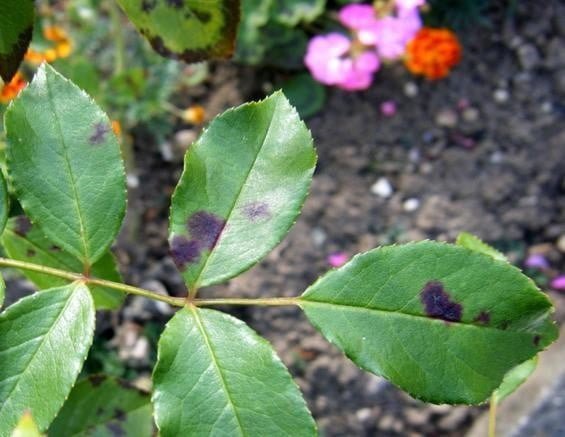
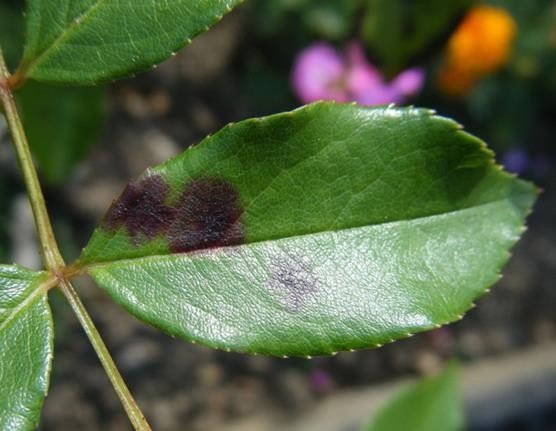
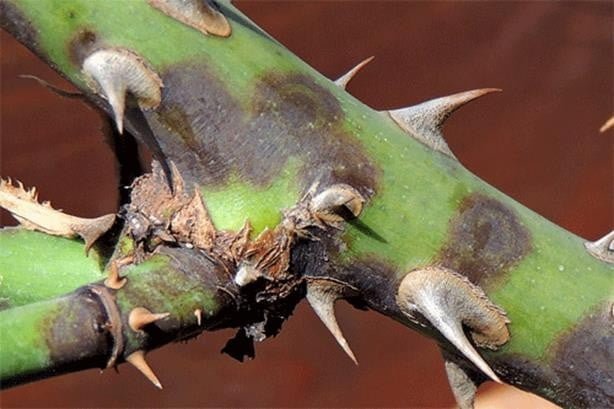
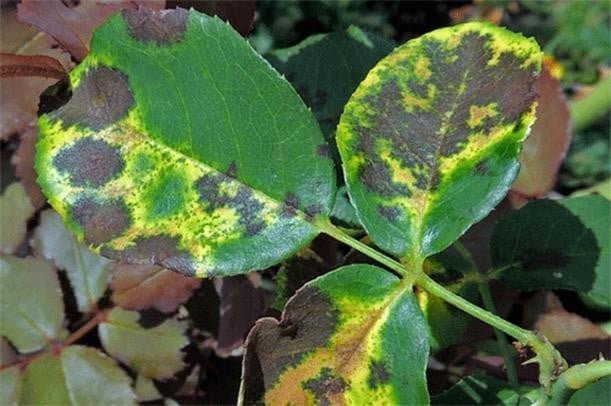
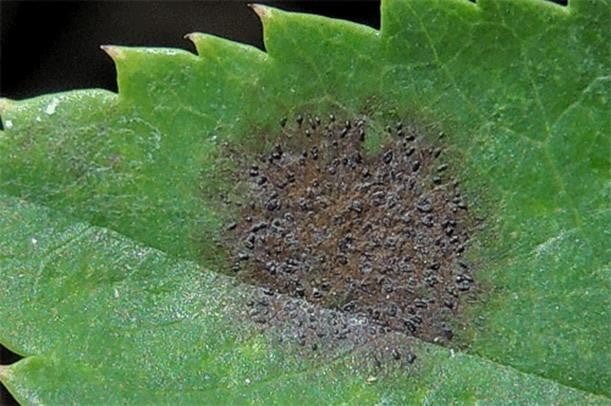
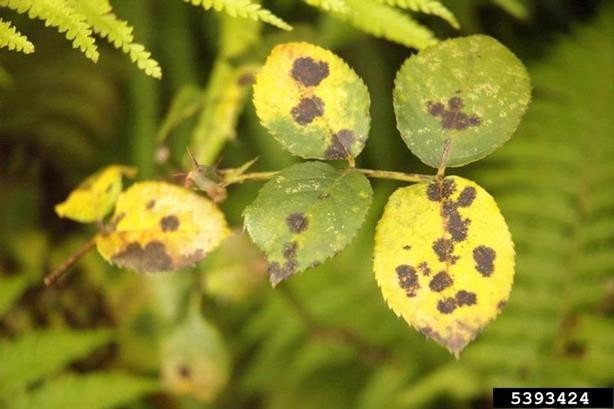
Causes of black spot disease in roses
Black spot is caused by the fungus Diplocarpon rosae, which can live on fallen leaves and plant debris during the winter.
Conditions of black spot disease in roses
Black spot fungus grows in warm, humid conditions with temperatures between 18°C and 24°C (65°F and 75°F).
The fungus requires long periods of keeping the leaf moist (at least 10-12 hours) for spore germination and infection.
The disease can spread rapidly via water splashes, wind, and infected plant material.
Black spot disease cycle in roses
The black spot fungus overwinters as dormant threads or fruiting structures (pseudocotyls) on fallen leaves and plant debris.
In the spring, when temperatures and humidity levels are favourable, the fungus produces spores (spore-forming spores) that can start new infections on young, susceptible leaves.
The fungus then produces additional spores (achenes) that can spread the disease throughout the growing season.
Black spot disease losses in roses
Severe black spot infestations can result in significant leaf stripping, reduced plant vigor, and reduced flower production.
In extreme cases, the disease can weaken the plant to the point that it becomes vulnerable to other pathogens or environmental stresses, leading to the plant's death.
Strategy for controlling black spot disease in roses
An integrated approach including cultural practices, resistant varieties, and fungicide application is recommended to control black spot.
Preventive measures for black spot disease in roses
- Cultivation of resistant or tolerant rose varieties.
- Ensure good air flow.
- Avoid sprinkler irrigation.
- Removal and destruction of the remains of infected plants.
Organic/chemical control of black spot disease in roses
For organic control, apply baking soda, neem oil, or sulfur-based fungicides.
Chemical fungicides containing active ingredients such as chlorothalonil, propiconazole or trifloxystrobin can also be used according to label instructions, alternating between different classes of fungicides to prevent the development of resistance.
In conclusion, we would like to note that we, at the world of plants website, offer you all the necessary services in the world of plants, we provide all farmers and those interested in plants with three main services::-
- Artificial intelligence consulting service to help you identify diseases that affect plants and how to deal with them.
- Blog about plants, plant diseases and care of various crops ... You are currently browsing one of her articles right now.
- An application that provides agricultural consultations to clients, as well as a service for imaging diseases and knowing their treatment for free – Click to download the Android version from Google Play Store، Click to download the IOS version from the Apple App Store.
References




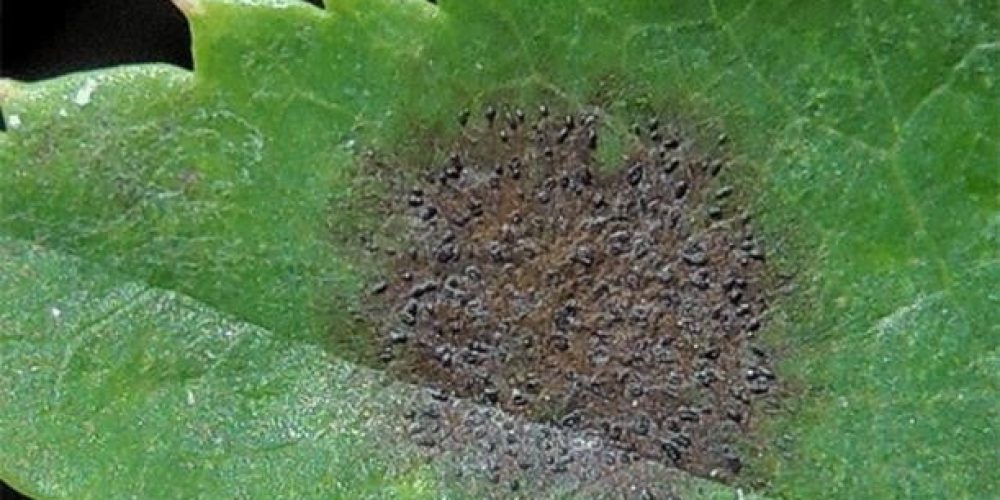
2 Comments
Thanks for the info.it was very helpful..
اهلا وسهلا بك في عالم النباتات